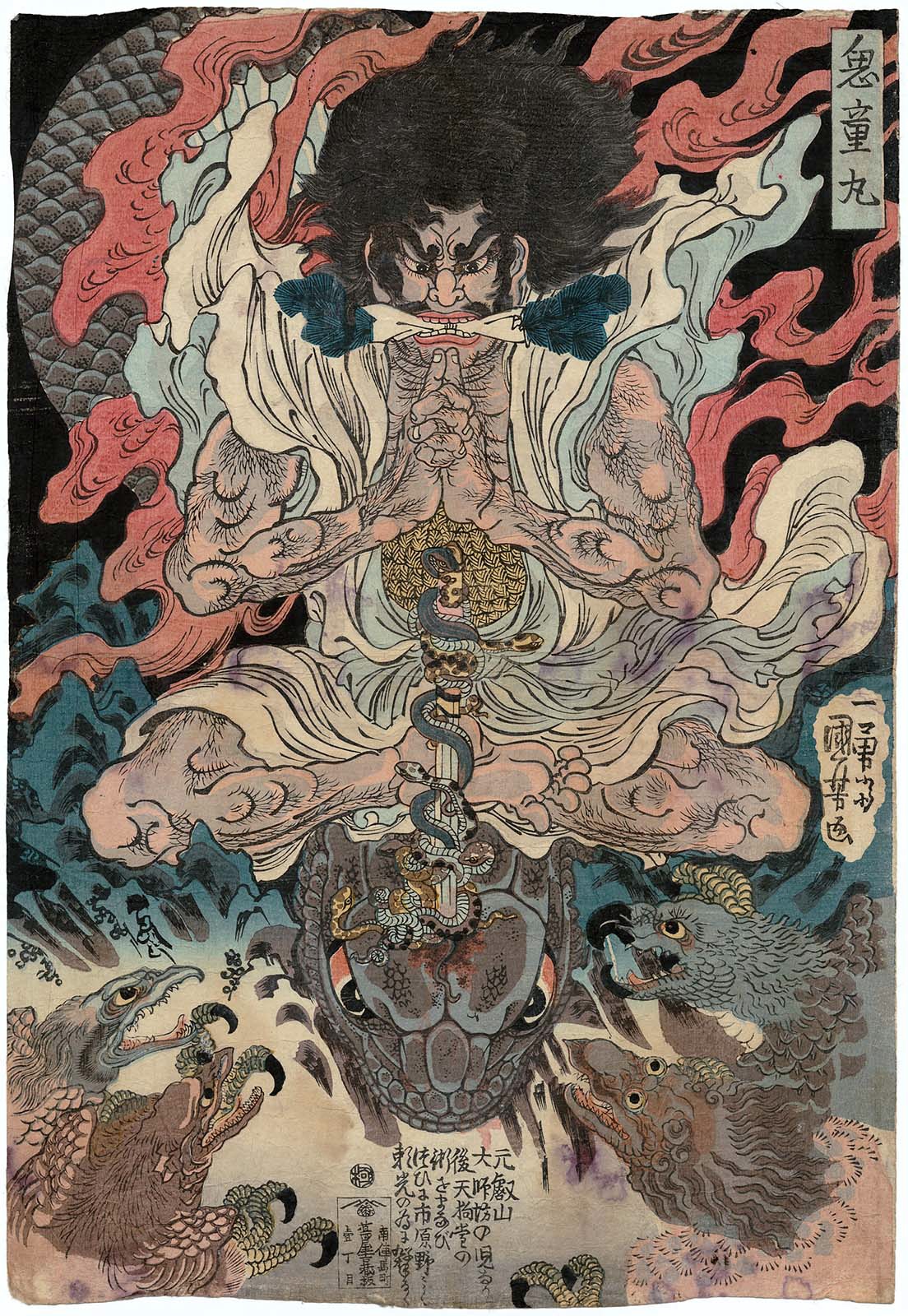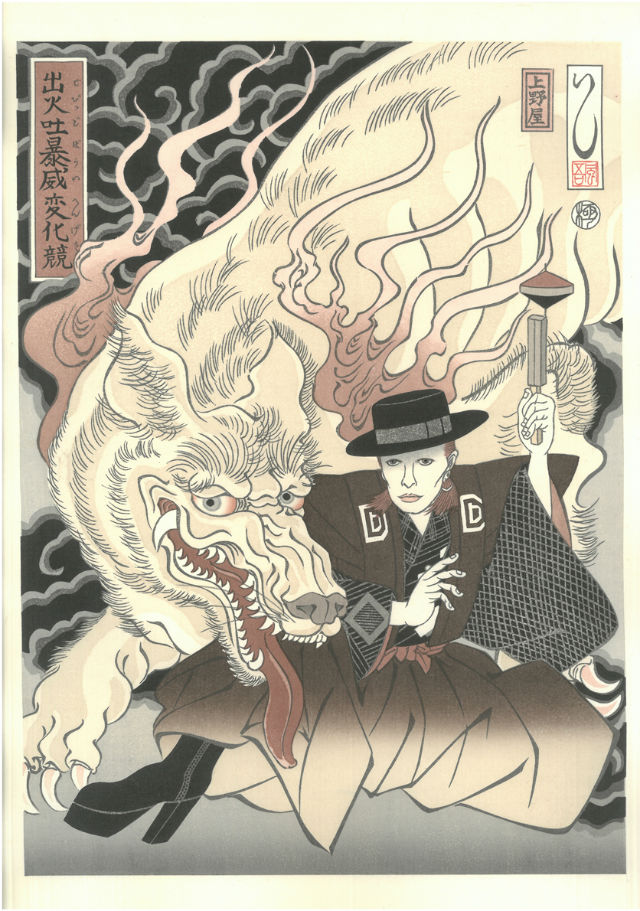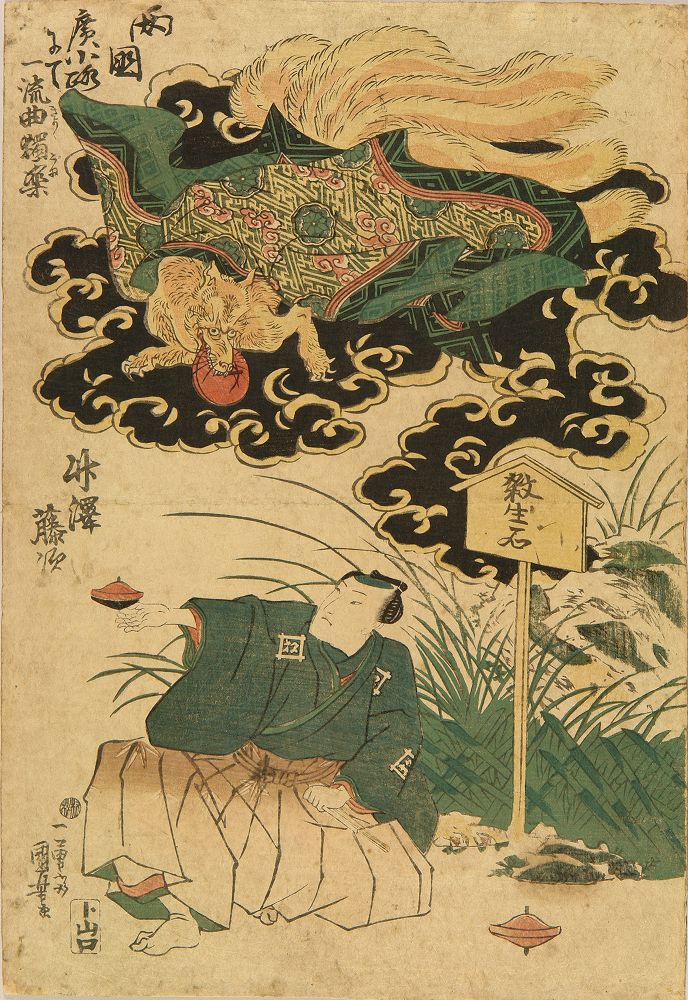The summer solstice draws nigh, and many of us will spend it bemoaning the fact that we have yet again failed to make it to Stonehenge to view the sun rising over its massive Heel Stone.
Don’t beat yourself up too badly.
According to Vox’s Senior Editorial Producer Joss Fong, above, it’s likely that the winter solstice was actually a far bigger deal to the Neolithic builders who engineered the site.
While much of it is now in ruins, archeologists, historians, astronomers, and other experts have been able to reconstruct what the ancient monument would have looked like in its heyday. The placement of the massive stones in carefully arranged concentric circles suggest that its feats of astronomy were no accident.
As Fong points out, the builders would not have known that the earth travels around the sun, nor that it tilts on its vertical axis, thus effecting where the sun’s rays will strike throughout the year.
They would, however, have had good cause to monitor any natural phenomena as it related to their agricultural practices.
The summer solstice would have come at the height of their growing season, but if this year’s sunrise celebrants spin 180 degrees, they will be facing in the same direction as those ancient builders would have when they arrived to celebrate the winter solstice with a sunset feast.
These days, the winter solstice attracts a sizable number of tourists, along with neo-druids, neo-pagans, and Wiccans.
Bundle up and join them, take a virtual tour, or at the very least, try your hand at assembling the nifty Aedes-Ars Stonehenge Model Kit Fong glues together like a pro.
Related Content:
Visit Pompeii (also Stonehenge & Versailles) with Google Street View
Listen to the Oldest Song in the World: A Sumerian Hymn Written 3,400 Years Ago
Ayun Halliday is an author, illustrator, theater maker and Chief Primatologist of the East Village Inky zine. Her solo show Nurse!, in which one of Shakespeare’s best loved female characters hits the lecture circuit to set the record straight opens June 12 at The Tank in New York City. Follow her @AyunHalliday.





